Blogs & News
We are focus on automotive wiring harness & connectors technology.
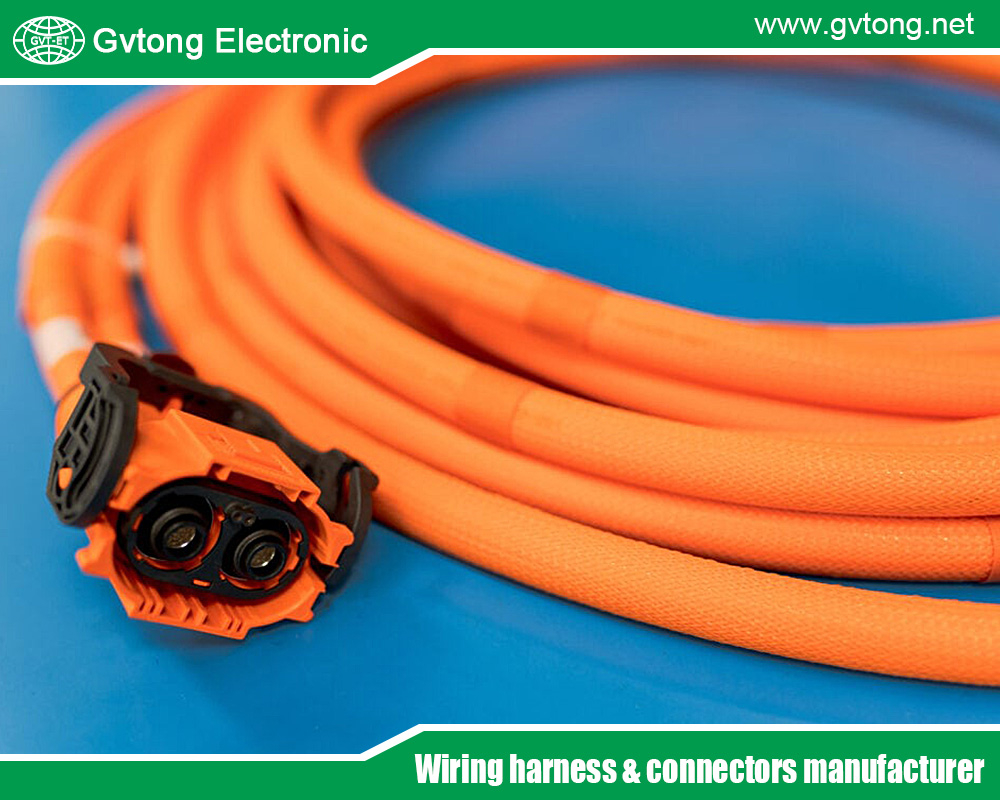
How to Avoid Making Mistakes When Purchasing Pin Connectors
- Gvtong Electronic
- 48V board net connectors, Anti-vibration automotive connectors, automotive antenna connector, automotive coaxial connector, automotive data connector, automotive diagnostic connector, automotive high - frequency, automotive hybrid connector, automotive optical fiber connector, automotive power distribution, Automotive power distribution connectorAutomotive high - frequency connector, Automotive shielded connectors, automotive Signal Connector, Automotive temperature - resistant connector, automotive vibration - resistant, Automotive vibration - resistant connector, automotive waterproof connectors, Automotive-grade AEC-Q200 connectors, Blind-mate automotive connectors \Modular automotive connectors \, High-temperature resistant connectors, Lightweight automotive connectors, Low-contact resistance connectors, Modular automotive connectors, Oil-resistant automotive connectors, pin connectors, pin connectors factory, pin connectors manufacturer, pin connectors supplier, Thermal management connectors, Wireless charging connectors
- No Comments
How to Avoid Making Mistakes When Purchasing Pin Connectors
Pin connectors are the unsung heroes of modern technology, quietly ensuring that electrical systems in devices, vehicles, and industrial machinery function seamlessly. From powering your smartphone to enabling complex aerospace systems, these small components play a critical role in transmitting signals and power. However, choosing the wrong pin connector can lead to system failures, costly repairs, or even safety hazards. With countless options available—each with unique specifications and applications—purchasing pin connectors can feel overwhelming. A single misstep, such as selecting a connector with inadequate current capacity or ignoring environmental factors, can derail a project.
This article aims to guide you through the process of purchasing pin connectors by highlighting common mistakes and offering practical solutions. Whether you’re an engineer, a hobbyist, or a procurement professional, understanding these pitfalls will help you make informed decisions, ensuring reliability, compatibility, and cost-effectiveness in your projects.
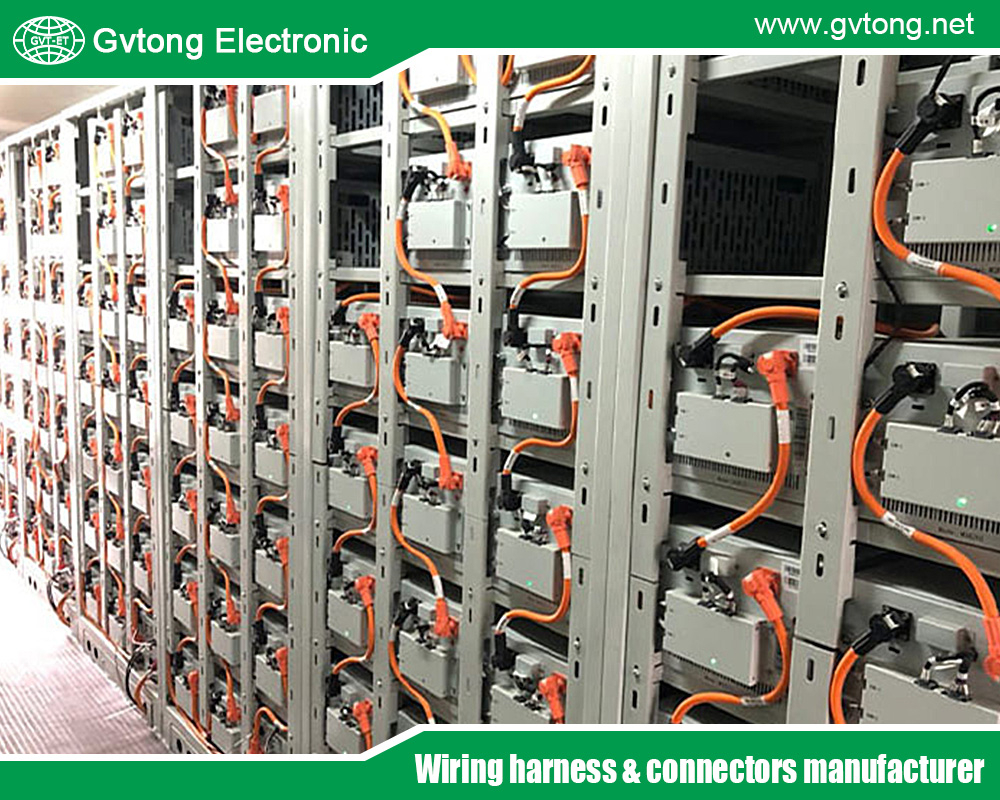
Understanding Pin Connectors
Pin connectors are electrical components that join circuits by establishing a secure connection between conductive pins and sockets. They come in various forms, such as D-sub connectors for computers, Molex Mini-Fit for power applications, circular connectors for industrial use, and PCB pin headers for circuit boards. Each type serves specific purposes, from transmitting low-voltage signals in consumer electronics to handling high currents in automotive or aerospace systems.
Pin connectors vary in pin count, pitch (distance between pins), material, and locking mechanisms. For instance, a USB-C connector has 24 pins for high-speed data and power, while a simple two-pin header might suffice for a basic sensor. Understanding the role of pin connectors in your application is the first step to avoiding mistakes. Misjudge the connector type, and you risk compatibility issues or system failure.
Mistake #1: Ignoring Application Requirements
One of the most common mistakes when purchasing pin connectors is failing to align the connector with the specific requirements of your application. Every project has unique electrical, mechanical, and environmental demands. For example, a connector designed for low-current signals (e.g., 1A) will overheat or fail if used in a high-power application requiring 10A. Similarly, a connector for indoor electronics may corrode in an outdoor setting exposed to moisture.
How to Avoid It:
- Assess Electrical Needs: Determine the voltage, current, and signal type (analog or digital) your system requires. Check datasheets for maximum ratings.
- Consider Mechanical Requirements: Evaluate the number of mating cycles (how often the connector will be plugged/unplugged) and physical stress on the connector.
- Example: A robotics project may need a connector with a high mating cycle (e.g., 5,000 cycles) and vibration resistance, while a static indoor device may not.
By thoroughly analyzing your project’s needs, you can narrow down connector options and avoid costly mismatches.
Mistake #2: Overlooking Connector Specifications
Pin connectors come with detailed specifications, but misinterpreting or ignoring these can lead to poor performance. Key specs include pin count, pitch, contact material (e.g., gold-plated for corrosion resistance), and locking mechanisms (e.g., screw locks or latches). For instance, choosing a connector with the wrong pitch (e.g., 2.54mm instead of 2.00mm) can make it incompatible with your PCB or mating connector.
How to Avoid It:
- Read Datasheets Carefully: Look for pin count, pitch, current/voltage ratings, and material details. Ensure the connector meets or exceeds your requirements.
- Understand Terminology: Terms like “current rating” (maximum current per pin) and “dielectric strength” (insulation capability) are critical.
- Consult Experts: If datasheets seem confusing, reach out to the manufacturer or an engineer for clarification.
For example, selecting a gold-plated connector for a high-reliability medical device ensures better conductivity and corrosion resistance, while a tin-plated connector might suffice for a low-cost prototype.
Mistake #3: Neglecting Environmental Factors
Environmental conditions can significantly impact a connector’s performance. Temperature extremes, humidity, dust, and vibration can cause connectors to fail if they’re not designed for such conditions. For instance, a connector used in an automotive engine bay must withstand high temperatures and vibrations, unlike one used in a climate-controlled office.
How to Avoid It:
- Check IP Ratings: Ingress Protection (IP) ratings indicate resistance to dust and water. For example, an IP67-rated connector is dust-tight and can withstand temporary water immersion.
- Evaluate Temperature Range: Ensure the connector’s operating temperature matches your environment (e.g., -40°C to 85°C for automotive applications).
- Consider Vibration and Shock: For applications like aerospace or heavy machinery, choose connectors with secure locking mechanisms and vibration resistance.
A common mistake is using a standard connector in a harsh environment, leading to corrosion or disconnection. Always match the connector to the environment.
Mistake #4: Focusing Solely on Cost
While budget constraints are real, prioritizing cost over quality when purchasing pin connectors can lead to long-term problems. Cheap connectors may have lower-quality materials, inconsistent manufacturing, or inadequate testing, resulting in failures like poor contact, signal loss, or short circuits.
How to Avoid It:
- Balance Cost and Quality: Look for reputable brands with proven reliability, even if they cost slightly more.
- Consider Total Cost of Ownership: A cheap connector that fails after six months may require expensive replacements or repairs, negating initial savings.
- Request Samples: Test low-cost connectors before committing to a bulk order to ensure they meet performance standards.
For example, a $0.10 connector might save money upfront but could cause a $10,000 system failure in a critical application. Invest in quality for high-stakes projects.
Mistake #5: Incompatible Mating Connectors
Pin connectors must mate perfectly with their counterparts to ensure a reliable connection. Mismatched connectors—whether due to incorrect pin count, pitch, or locking mechanism—can lead to poor connectivity, signal interference, or physical damage.
How to Avoid It:
- Verify Mating Specifications: Check that the male and female connectors are designed to work together. Manufacturers often provide mating part numbers in datasheets.
- Test Fit Before Purchase: If possible, order a single pair to confirm compatibility before bulk purchasing.
- Standardize Where Possible: Use industry-standard connectors (e.g., USB, HDMI, or Molex) to simplify compatibility.
For instance, a 9-pin D-sub connector won’t mate with a 15-pin counterpart, even if they look similar. Double-checking compatibility saves time and resources.
Mistake #6: Ignoring Supplier Reliability
The quality of pin connectors depends heavily on the supplier. Purchasing from unverified or low-quality suppliers increases the risk of receiving counterfeit, defective, or non-compliant connectors. This is especially critical for industries like aerospace or medical, where reliability is non-negotiable.
How to Avoid It:
- Research Suppliers: Choose suppliers with certifications like ISO 9001 or industry-specific standards (e.g., AS9100 for aerospace).
- Check Reviews and References: Look for customer feedback or case studies on the supplier’s website or platforms like X.
- Ask About Support: Ensure the supplier offers technical support, warranties, or return policies in case of defects.
A reliable supplier provides consistent quality and traceability, reducing the risk of project delays or failures.
Practical Tips for Purchasing Pin Connectors
To streamline your purchasing process and avoid mistakes, follow these actionable tips:
- Create a Checklist: List your project’s electrical, mechanical, and environmental requirements before shopping.
- Consult Experts: Work with an electrical engineer or supplier representative to validate your choice.
- Order Samples: Test a small batch of connectors in your application to confirm performance.
- Use Reputable Distributors: Purchase from trusted distributors like DigiKey, Mouser, or RS Components, which stock genuine parts.
- Document Decisions: Keep records of why you chose a specific connector for future reference or troubleshooting.
By taking a systematic approach, you can minimize risks and ensure your connectors meet your project’s needs.
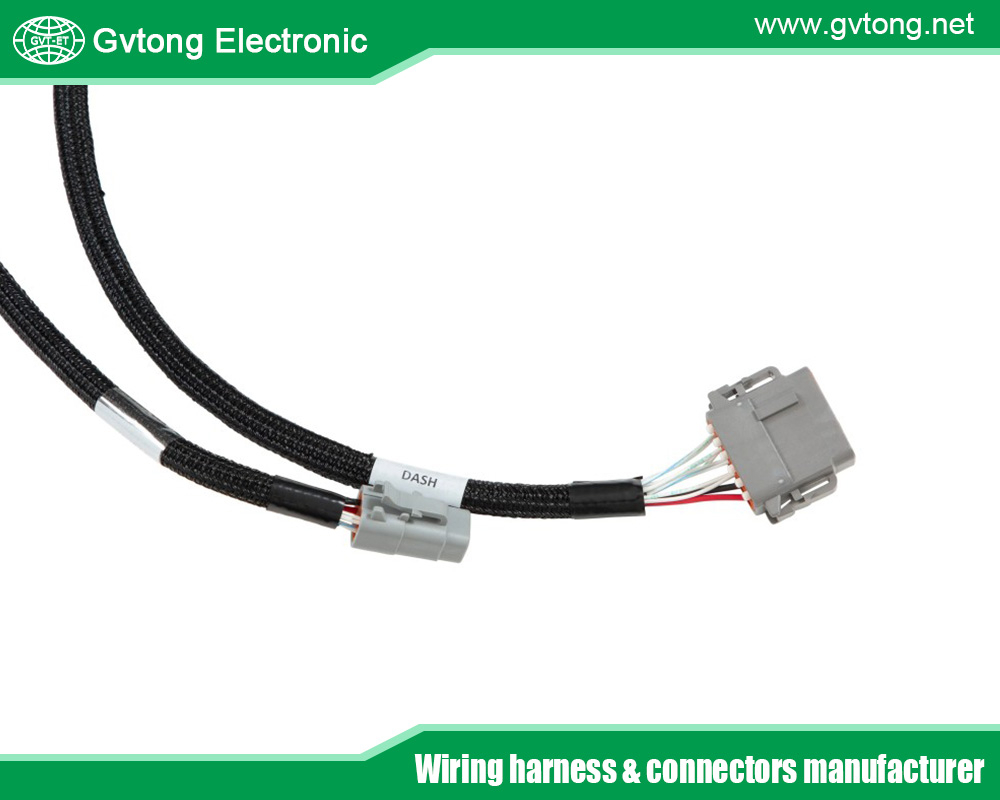
Conclusion
Purchasing pin connectors may seem straightforward, but overlooking critical factors like application requirements, specifications, environmental conditions, or supplier reliability can lead to costly mistakes. By understanding your project’s needs, carefully reviewing datasheets, and prioritizing quality over short-term savings, you can select the right connectors for reliable, long-lasting performance. Whether you’re building a consumer gadget or an industrial system, due diligence in the purchasing process pays off. Take the time to research, test, and consult experts, and you’ll avoid the pitfalls that plague many projects, ensuring your systems run smoothly and efficiently.
For more about how to avoid making mistakes when purchasing pin connectors, you can pay a visit to Gvtong at https://www.gvtong.net/ for more info.
Recent Posts
The Best GR Series-Circular Connectors Manufacturer
The Best GD Series Combined Power Connector Manufacturer
A Guide to Selecting the Best GH Series Plastic Connector Manufacturer
How High Pressure Connectors Work?
The Best Automotive Connector Companies
Tags
Recommended Products
-
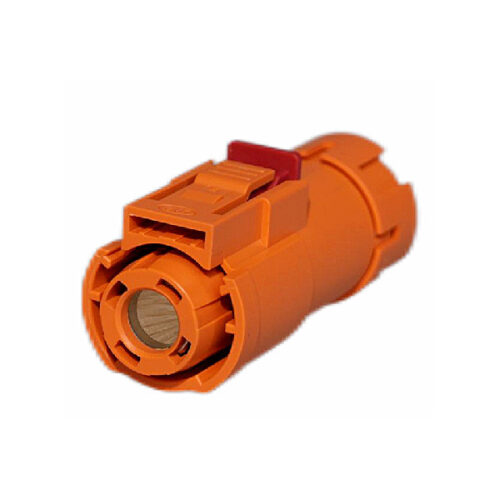
GH800 Series-1-core plastic high voltage connector
-
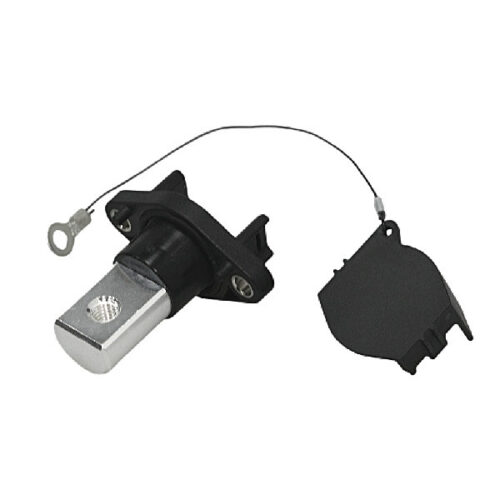
GH Series-DCDC Through-the-Wall Terminal
-
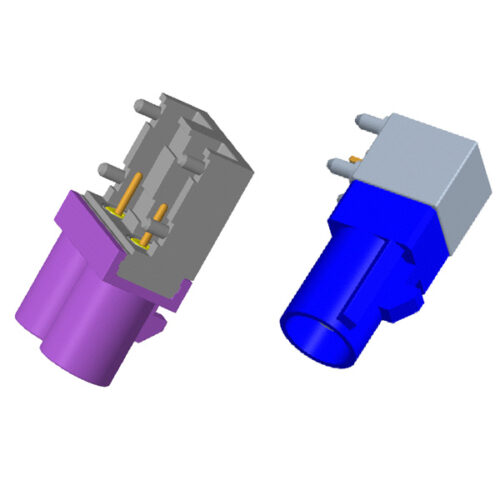
Automotive FAKRA Connector – Board End, DC to 3GHz From RF Connectors And Cables Manufacturer In China
-
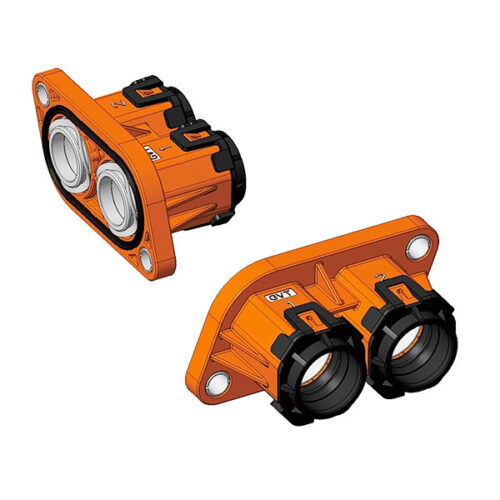
GVPT two-core wiring connector
-
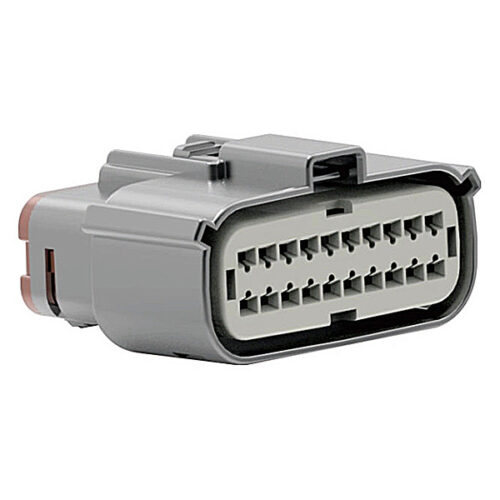
Low voltage connector-20PIN socket + plug
-
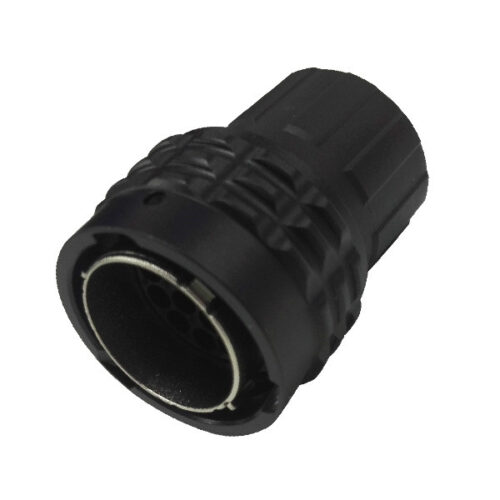
GR Series-12-core 14# circular signal connector
-
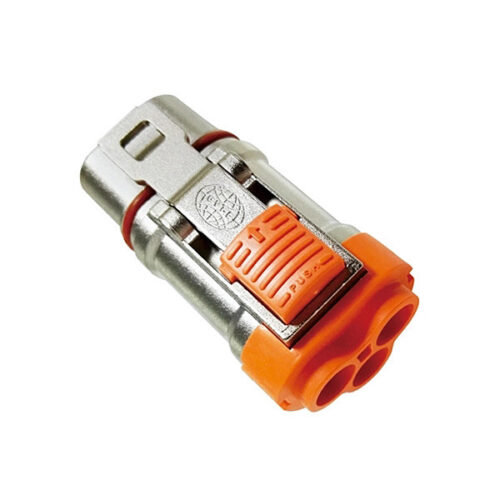
Metal connector-3.6mm-3 core
-
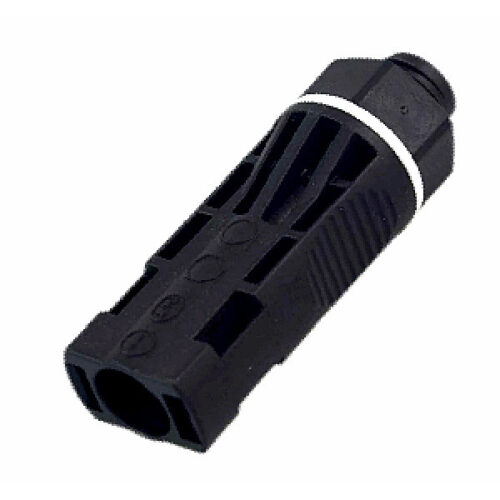
Photovoltaic connector – Board end socket
